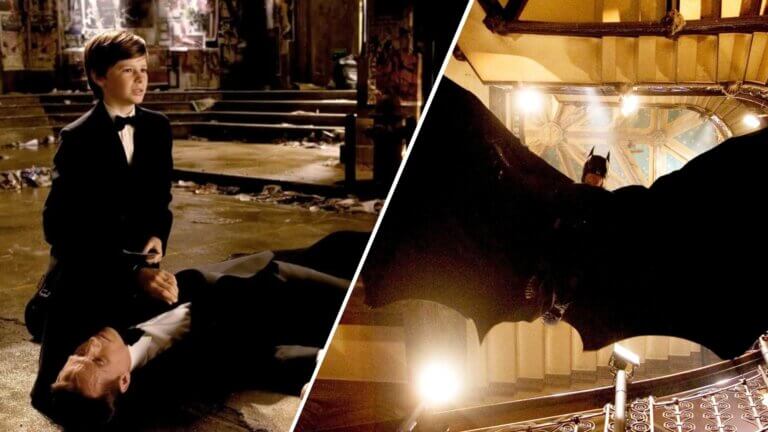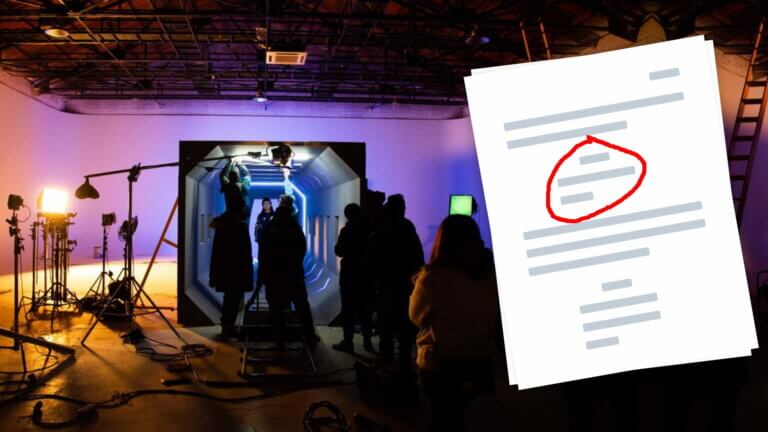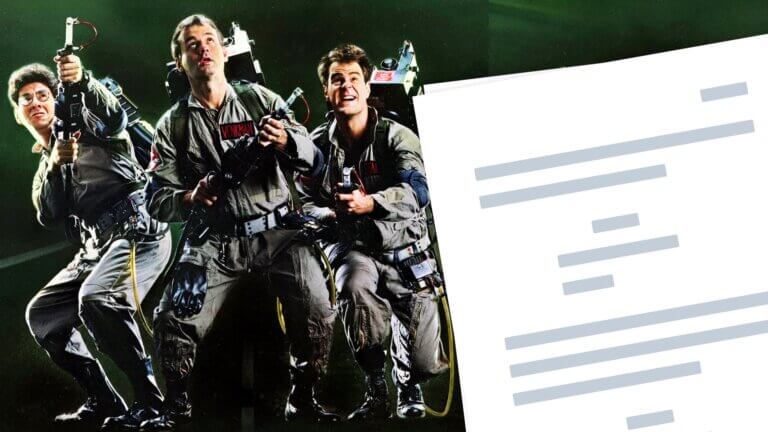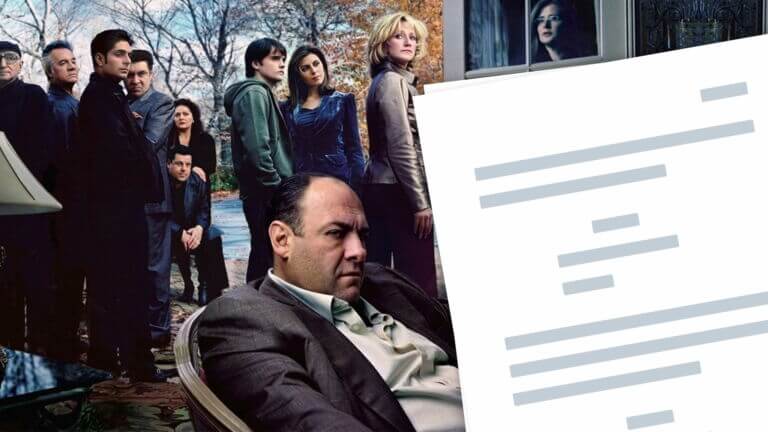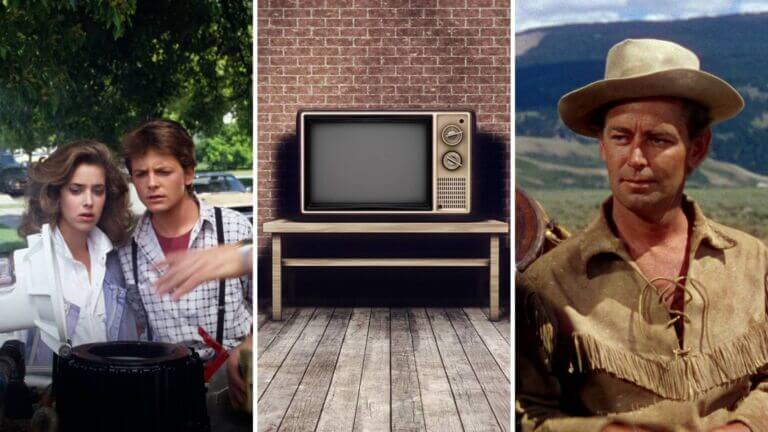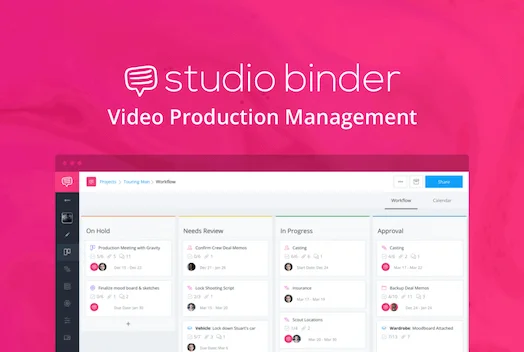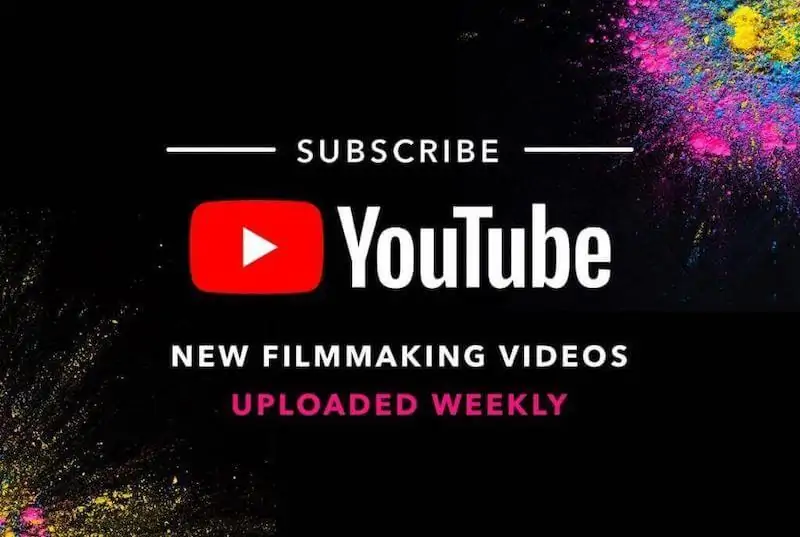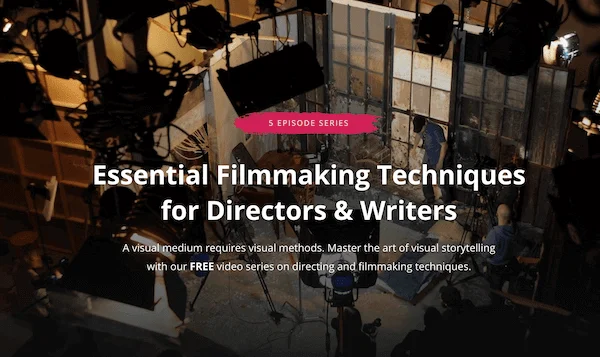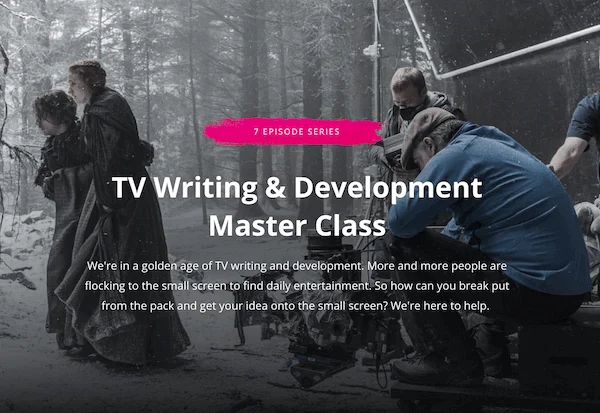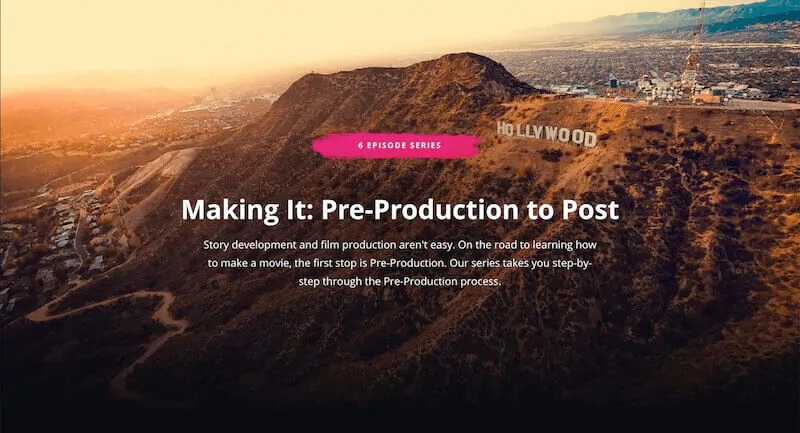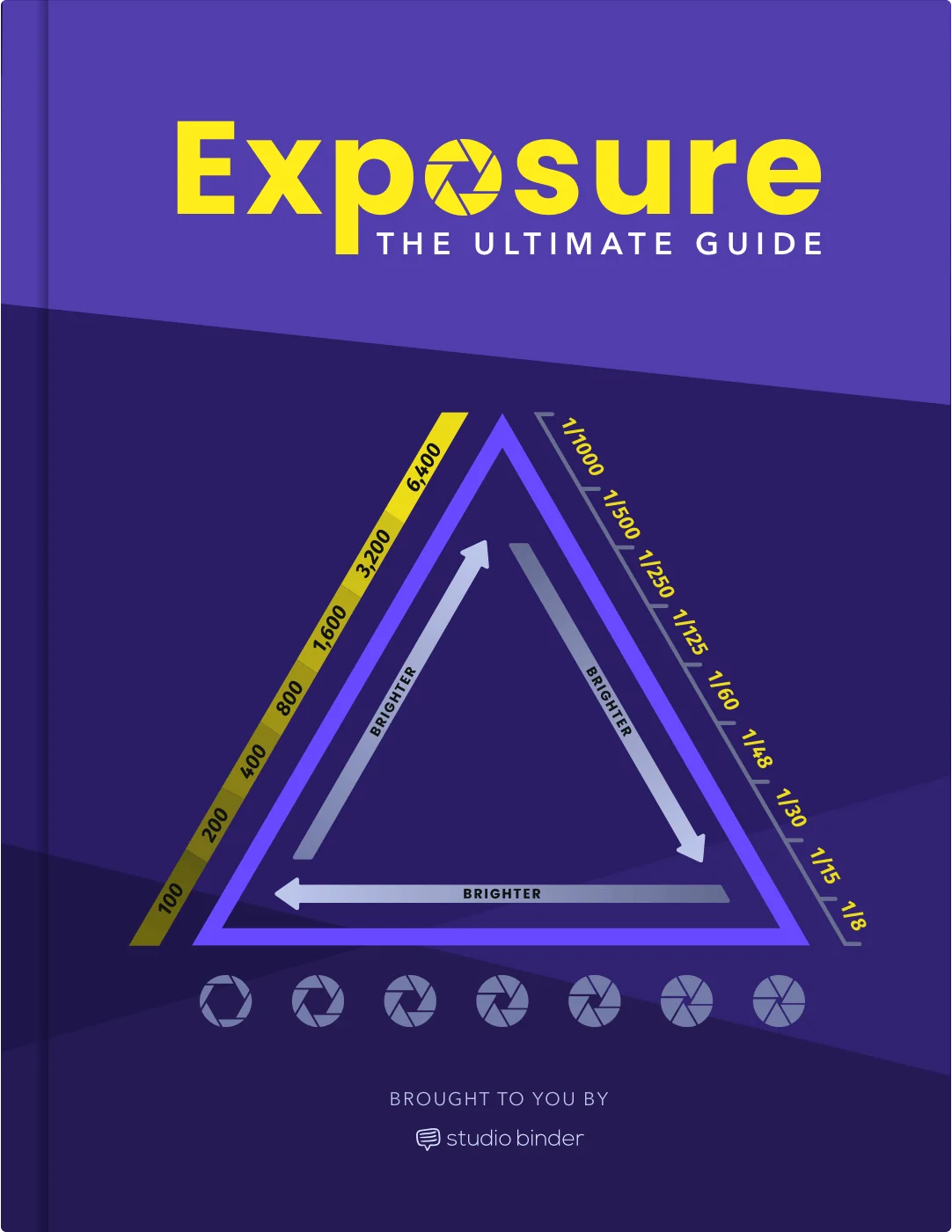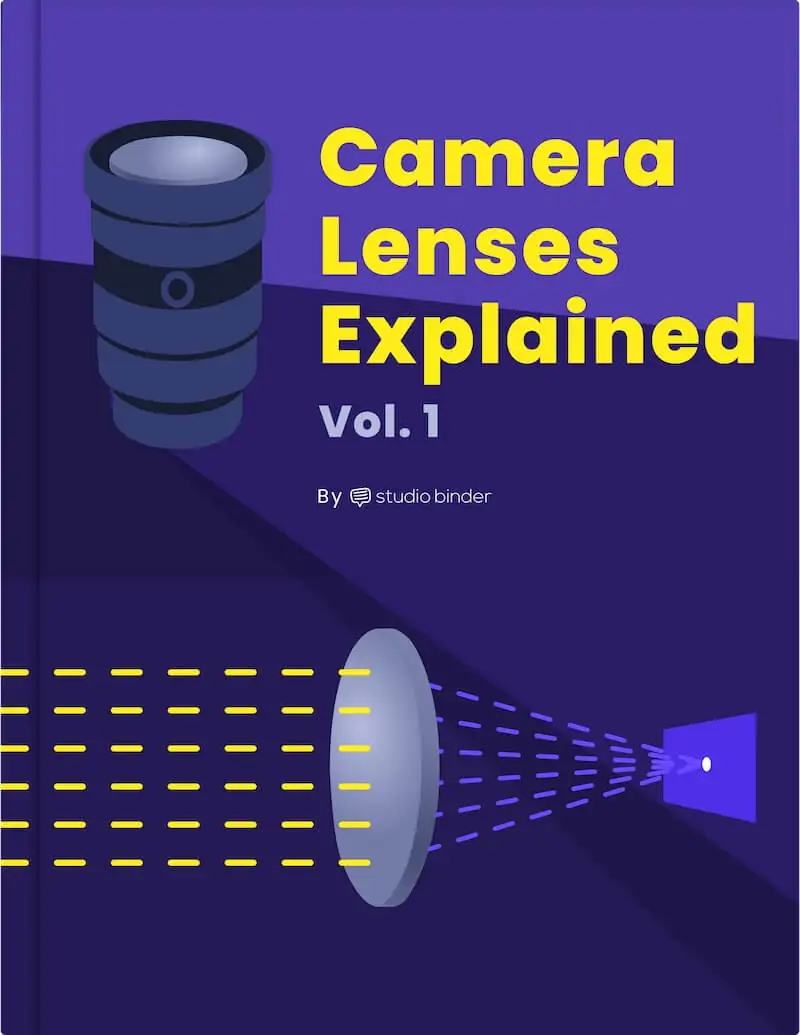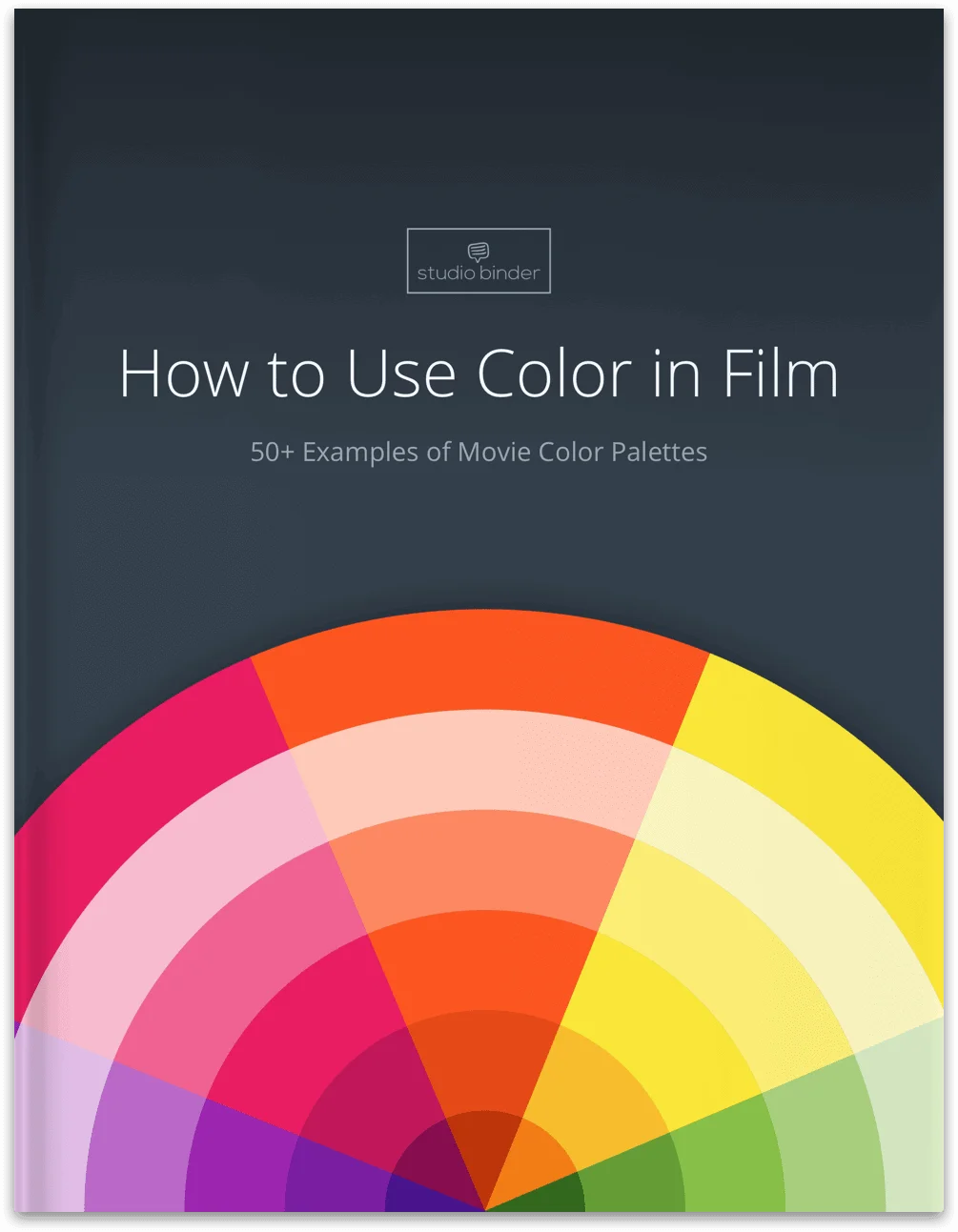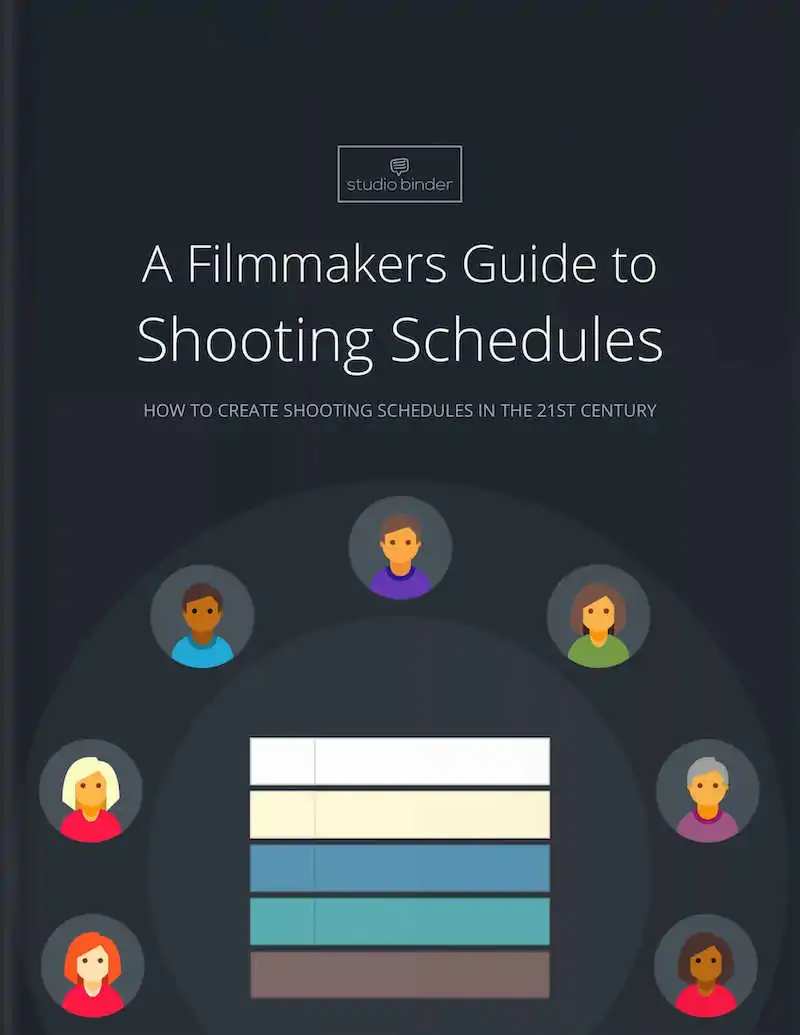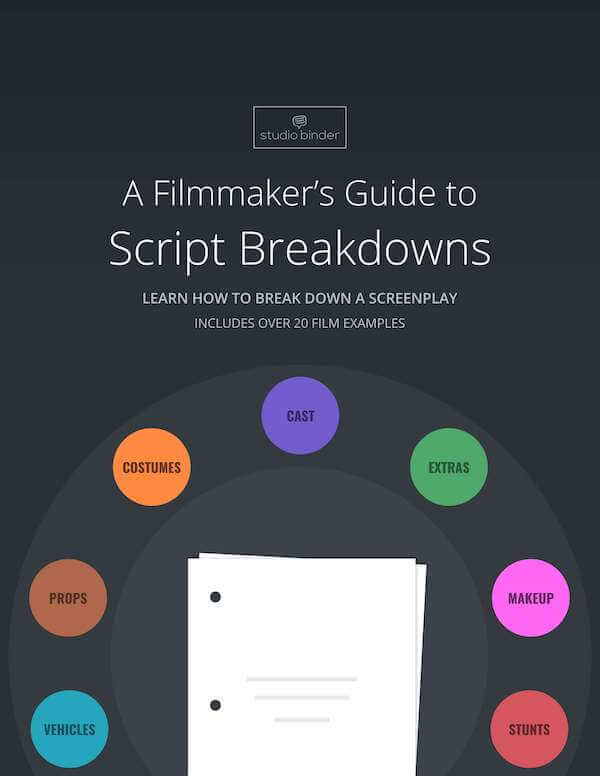Most movies can be characterized as being one genre or the other. If the plot involves a love triangle, that’s most likely romance. If the plot is about a space marine, it’s most likely science-fiction. If the plot involves a group of kids running away from a monster, that’s probably horror. The things that make… Continue reading Genre Conventions — The Building Blocks of Genre Storytelling
You’ve seen them: the crazy scientist, the damsel in distress, a noble and chaste hero, the villain who keeps his identity secret, the old guy who trains the hero. These are who you call stock characters, and they have been in fiction for an extremely long time. In fact, they keep showing up in fiction,… Continue reading What is a Stock Character — Definition, Examples & Tropes
What is a StoryboardHow to StoryboardStoryboard ExamplesStoryboard SoftwareStoryboard TemplatesCreate Storyboard → Storyboards are an integral part of making movies. They are also a clever way to showcase an idea, whether it’s for a film project, video game, or television commercial. Even though storyboards can vary in their presentation, they must always present information for everyone… Continue reading Storyboard Notes — A Guide to Making Storyboard Annotations
Screenplays, as well as script treatments, are well known as the foundation for any movie. People in the industry also know that there are so many screenplays out in the wild that have not been produced. But what about those that are chosen for production? Well, they evolve to become shooting scripts. What is a… Continue reading What is a Shooting Script — Purpose and Differences Explained
Scene transitions, sudden sounds, quick cuts, off-screen voices, and narrative flow are just among the many terms associated with the “invisible art” known as film editing. Originally seen as a technical tool in the movie making process, film editing quickly evolved to become one of the most important creative aspects of filmmaking. But as its… Continue reading What is Film Editing — Editing Principles & Techniques Explained
In speeches, in poetry, in literature, you may have come across a grammatical and rhetorical technique known as parallelism. It is famously known for its use of repetition, its use of emphasis, and its use of persuasion. Writers and politicians use parallelism in different ways for different reasons, as do authors and poets. But what… Continue reading What is Parallelism — Definition and Examples for Writers
For centuries, narrative works were strongly positioned to be one of two things: a comedy or a tragedy. Even these days, the two genres of drama and comedy are usually the most prominent or easiest to ascertain. Even if one has minor elements of the other, they can still exist as separate entities. Unless, of… Continue reading Dramedy Explained — A Study of the Comedy Drama Genre
Since the mid-’80s, few films have entered the pop cultural landscape and stayed there like Ghostbusters. A strong comedic cast, talented director, and a memorable theme song catapulted the movie to the history books. And to paraphrase Peter Venkman, the franchise rights alone made them rich beyond their wildest dreams. But it all had to… Continue reading Ghostbusters Script PDF Download: Quotes, Characters & Plot
You’re probably very familiar with stop-motion animation, which is distinct for having three-dimensional objects move on their own, usually in a jerky fashion. Well, clay models aren’t the only ones that get to have their picture taken a trillion times to look like they’re moving — human beings can get in on the fun too!… Continue reading Pixilation Animation — Definition, Examples and Techniques
Movies are a visual medium first and foremost, which means making on-screen imagery as effective as possible. And if you’re making a narrative feature, you will more than likely be needing dialogue. Movies didn’t start with traditional dialogue tracks, but these days, virtually every movie in existence has it. But what is dialogue, why does… Continue reading What is Dialogue — A Writer’s Guide to Spoken Words
Before The Sopranos, television looked a bit different than it is today. Premiering in 1999 on HBO, the show was a major hit and phenomenon for a variety of reasons. While it looked like a regular mafia show on the surface, The Sopranos dug deep, looking at its characters as regular human beings, which we… Continue reading The Sopranos Pilot Script PDF Download and Analysis
When it comes to making videos for YouTube, there are all types of camera options at your disposal. The best camera for YouTube videos could be something mainly used for outdoor recording or indoor vlogging — or both. And like all things, prices range, which can make the hunt for the best camera for YouTube… Continue reading Best Camera for YouTube Videos — Prices, Specs & Top Picks
When shooting a motion picture on physical celluloid, there are different types you can choose from. Each type will be a certain width, which contributes to its quality, size, grain count, and more. When identifying the different types of celluloid used in filmmaking, we refer to these strips by their film gauge, which is often,… Continue reading What is Film Gauge — 8mm, 16mm, 35mm, 65/70mm Explained
While watching a movie, have you ever noticed certain logos or acronyms in the credits? Sure, there’s plenty of those from companies and such, but some of them are also from societies, guilds, and unions. There’s also a good chance, if you have dabbled in some area of serious movie making, you have learned about… Continue reading Movie Unions — A Complete Guide to Film Unions & Guilds
Cinema has evolved greatly since its inception, especially in the area of VFX (visual effects). In the last few decades, CGI, meaning computer generated imagery, has dominated many movies, from dramas to blockbusters. While revolutionary, the use of CGI effects has come under much scrutiny in recent years. But what is CGI, what does it… Continue reading What is CGI? How CGI Works in Movies and Animation




